Feeding a baby with hiccups can seem scary. This blog post can help you.
DISCLOSURE This post may contain affiliate links, meaning if you decide to make a purchase via my links, I will earn a commission at no extra cost to you. As an Amazon Associate I earn from qualifying purchases. Thank you for your support.
Disclaimer: The information provided in this blog post is for educational purposes only and should not be used as a substitute for professional medical advice, diagnosis, or treatment. Always seek the guidance of your pediatrician or qualified healthcare provider with any questions you may have regarding your child’s health. If you think your child may have a medical emergency, call your doctor or emergency services immediately. Read our full Medical Disclaimer here.
You might also like to read our post about Feeding a Newborn at Night: A Survival Guide for Sleepy Parents.
Hiccups in babies are as common as they are mysterious. These tiny diaphragm spasms often occur during feeding times, leaving many parents wondering how to proceed. Should you continue feeding? Will it make the hiccups worse? Let’s dive into the world of baby hiccups and explore the best practices for feeding your little one when those involuntary “hics” start.
Understanding Baby Hiccups
Hiccups occur when the diaphragm, the muscle separating the chest from the abdomen, contracts involuntarily. This sudden contraction causes a quick intake of breath that is cut short by the closure of the vocal cords, resulting in the characteristic “hic” sound.
Babies are particularly prone to hiccups, both in the womb and after birth. Some babies hiccup several times a day, while others rarely experience them. Either way, hiccups are generally harmless and don’t cause your baby any pain or discomfort.
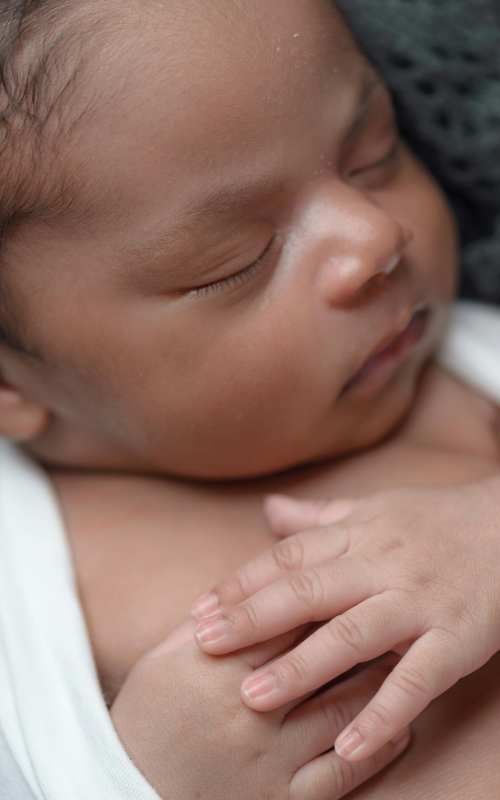
Causes of Hiccups During Feeding
Several factors can trigger hiccups during feeding:
- Swallowing air: Babies often swallow air while feeding, especially if they’re feeding too quickly or the bottle nipple flow is too fast.
- Overeating: A full stomach can push against the diaphragm, potentially triggering hiccups.
- Gastroesophageal reflux: Some babies experience reflux, where stomach contents flow back into the esophagus, which can cause hiccups.
- Position: Lying flat while feeding might increase the likelihood of hiccups.
- Temperature changes: Consuming milk that’s too cold or too hot might trigger hiccups in some babies.
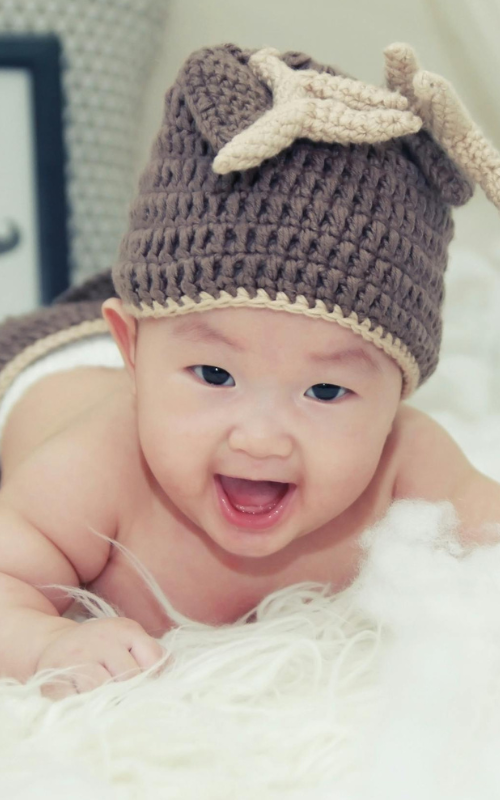
To Feed or Not to Feed?
The good news is that in most cases, you can continue feeding your baby even if they have hiccups. Hiccups don’t typically interfere with breathing, so there’s no risk of choking. However, some babies might find it uncomfortable to feed while hiccuping. If your baby seems distressed or is having trouble sucking and swallowing, take a short break from feeding.
Tips for Feeding a Baby with Hiccups
- Adjust your feeding position: Try feeding your baby in a more upright position. This can help reduce the amount of air they swallow and may alleviate hiccups.
- Slow down the feeding: If you’re bottle-feeding, ensure you’re using a nipple with the right flow rate for your baby’s age. A flow that’s too fast can cause your baby to gulp and take in excess air.
- Burp frequently: Take breaks during feeding to burp your baby. This can help release trapped air that might be causing hiccups.
- Check the bottle: If bottle-feeding, make sure the bottle nipple is always full of milk to prevent your baby from sucking in air.
- Stay calm: Your baby will likely be unbothered by the hiccups. Keeping a relaxed atmosphere can help the feeding session go smoothly.
- Offer smaller, more frequent feeds: If hiccups frequently occur after feeding, try offering smaller amounts more often to prevent overfeeding.
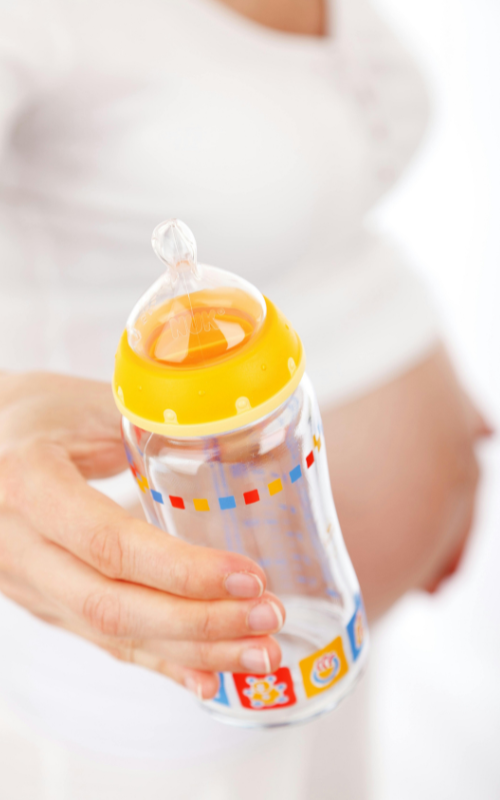
Breastfeeding and Hiccups
For breastfeeding mothers, hiccups can sometimes interfere with your baby’s latch. If your baby gets hiccups while nursing, you might need to unlatch and relatch them. Some babies manage to nurse through their hiccups without issue. Follow your baby’s cues and adjust as needed.
If hiccups are frequent during breastfeeding, consider these additional tips:
- Check your letdown: A forceful milk letdown can cause your baby to gulp quickly, leading to hiccups. If this is the case, try expressing a little milk before latching your baby.
- Vary nursing positions: Different positions can change how your baby handles your milk flow. The laid-back position, for instance, can slow down milk flow and reduce hiccups.
- Ensure a good latch: A proper latch helps your baby control milk flow better, potentially reducing hiccups.

Bottle Feeding and Hiccups
When bottle-feeding a baby prone to hiccups, consider these strategies:
- Use paced bottle feeding: This technique mimics breastfeeding by holding the bottle horizontally and allowing your baby to control the milk flow.
- Choose the right nipple: Use a nipple with a flow rate appropriate for your baby’s age and feeding abilities. These bottles: Philips Avent Anti-Colic Bottle with AirFree Vent and these baby bottle nipples Philips AVENT Anti-Colic Baby Bottle Flow 3 Nipple are great to avoid excessive air intake.
- Take frequent breaks: Pause feeding every ounce or two to burp your baby and let their stomach settle.
- Check bottle angle: Keep the bottle tilted just enough to fill the nipple with milk, preventing your baby from sucking in air.

When to Be Concerned
While hiccups are usually harmless, in rare cases, they might indicate an underlying issue. Contact your pediatrician if:
- Hiccups consistently interfere with feeding or sleeping.
- Hiccups are accompanied by vomiting or spitting up more than usual.
- Your baby seems to be in pain or distress during hiccups.
- Hiccups last for an unusually long time (more than a couple of hours).
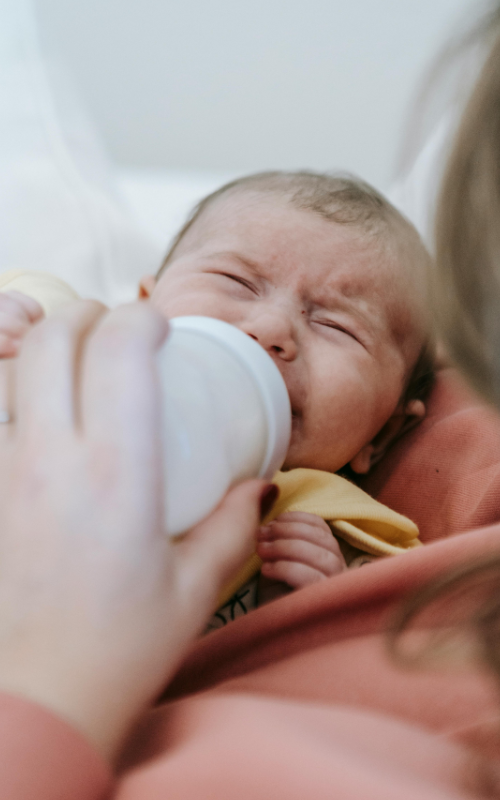
Remedies for Baby Hiccups
If hiccups persist and seem to bother your baby, you might try these gentle remedies:
- Offer a pacifier: Sucking can help relax the diaphragm.
- Give a small amount of water (for babies over 6 months): A few sips of water might help stop the hiccups.
- Gentle back rubs: Rubbing your baby’s back in a circular motion might provide relief.
- Change of position: Sometimes, simply changing your baby’s position can stop hiccups.
Remember, most folk remedies for hiccups (like startling the baby or pulling their tongue) are not recommended and can be dangerous for infants.
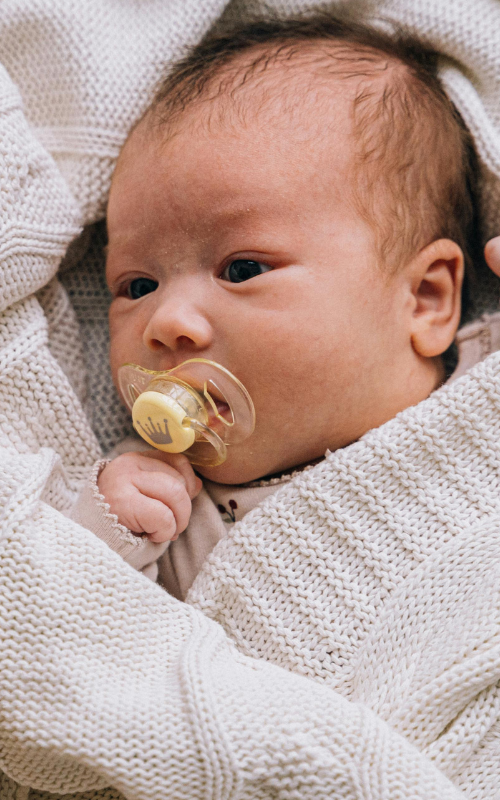
Preventing Hiccups
While you can’t always prevent hiccups, these strategies might reduce their frequency:
- Feed your baby before they’re overly hungry to prevent rapid feeding.
- Ensure your baby is calm before starting a feed.
- Keep your baby upright for about 20 minutes after feeding.
- If bottle-feeding, ensure the milk is at the right temperature.
As your baby grows, you’ll likely notice hiccups becoming less frequent. Most babies outgrow frequent hiccups by their first birthday.

Embracing the Hiccup Phase
Remember, hiccups are a normal part of babyhood. While they might seem disruptive to you, your baby is likely unbothered. Use hiccup episodes as an opportunity to pause, connect with your baby, and perhaps share a laugh over these cute little sounds.
Feeding your baby, whether they have hiccups or not, is a precious bonding time. Stay relaxed, follow your baby’s cues, and enjoy these moments. Before you know it, hiccups will be a distant memory, replaced by a toddler’s giggles and a child’s laughter.
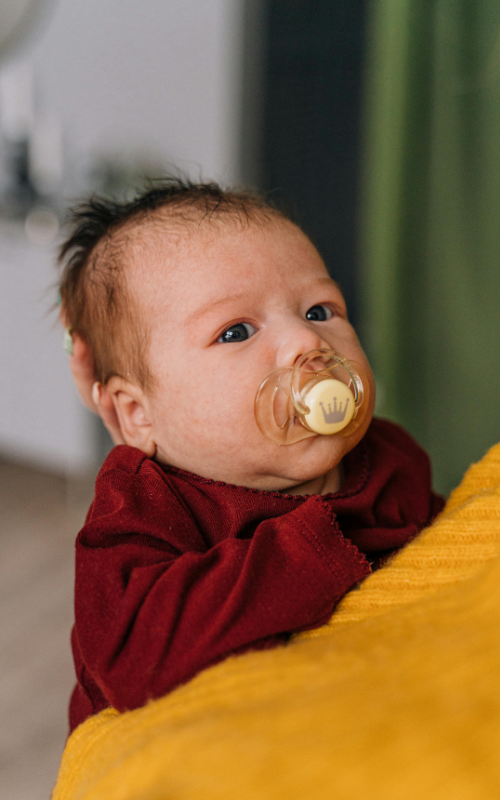
Conclusion
This post was all about feeding baby with hiccups. Hiccups are a common and typically harmless part of your baby’s development. While they may occasionally interrupt feeding sessions, they rarely pose a serious problem. By understanding the causes of hiccups and implementing gentle feeding techniques, you can navigate this phase with confidence.
Remember, every baby is unique, so what works for one might not work for another. Trust your instincts, stay patient, and don’t hesitate to consult your pediatrician if you have concerns. As you bond with your little one through feeding times, hiccups and all, you’re building a foundation of love and care that will last a lifetime.
Embrace these moments, hiccups included, as part of the beautiful, sometimes unpredictable journey of parenthood. Soon enough, these tiny “hics” will be replaced by your child’s first words, and you’ll look back on the hiccup phase with a smile.
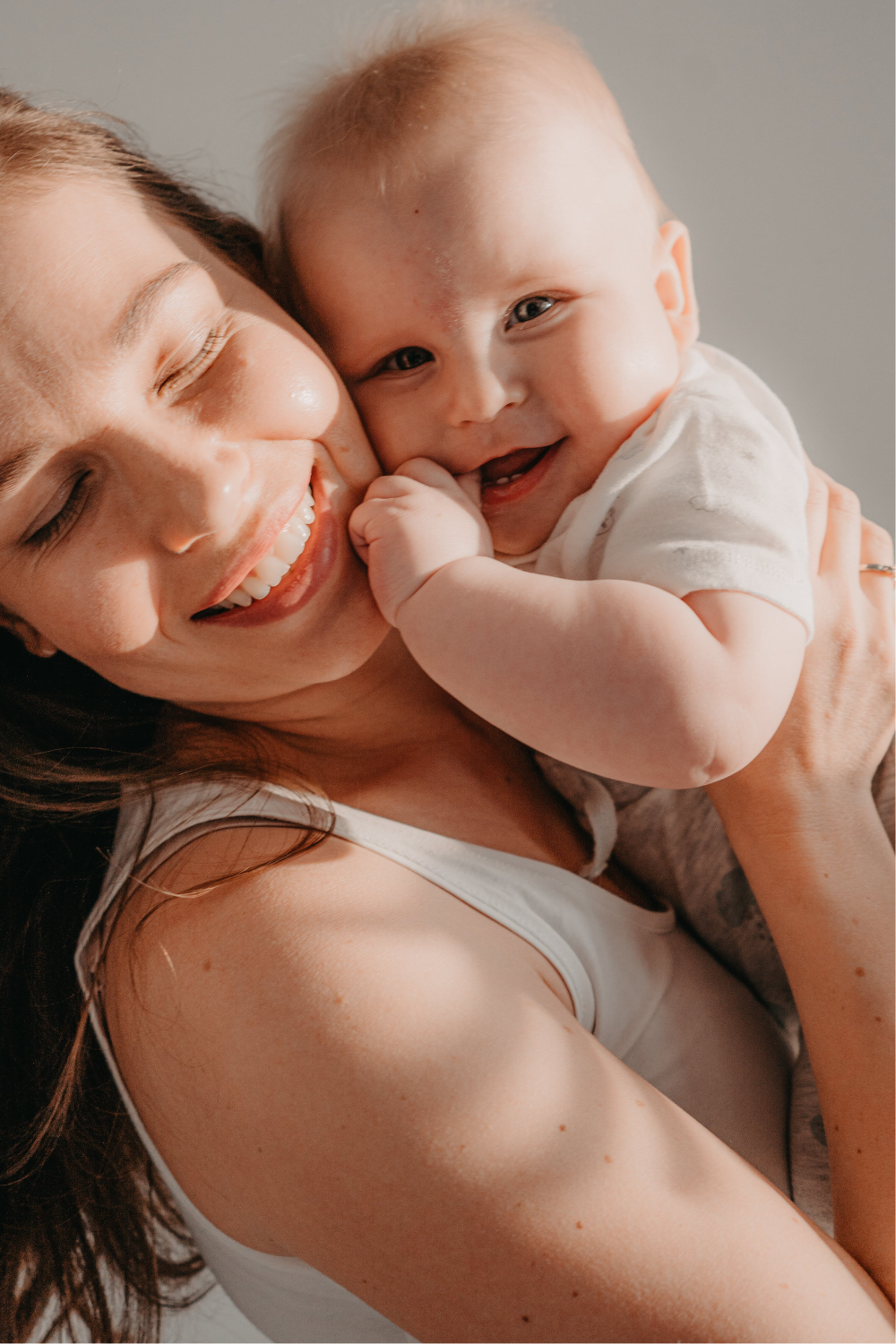
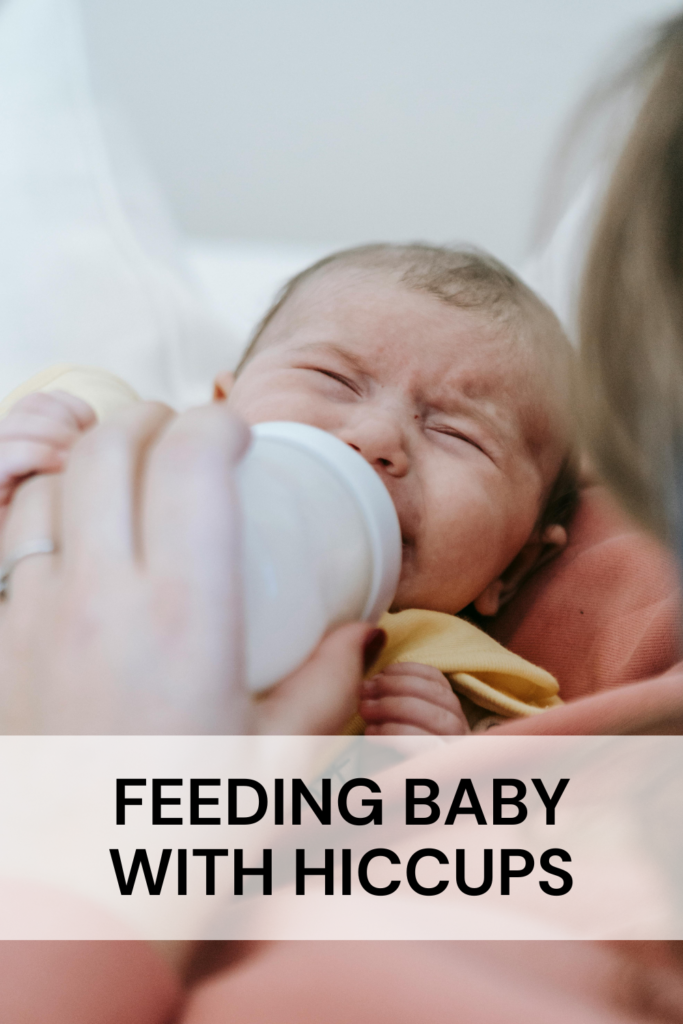

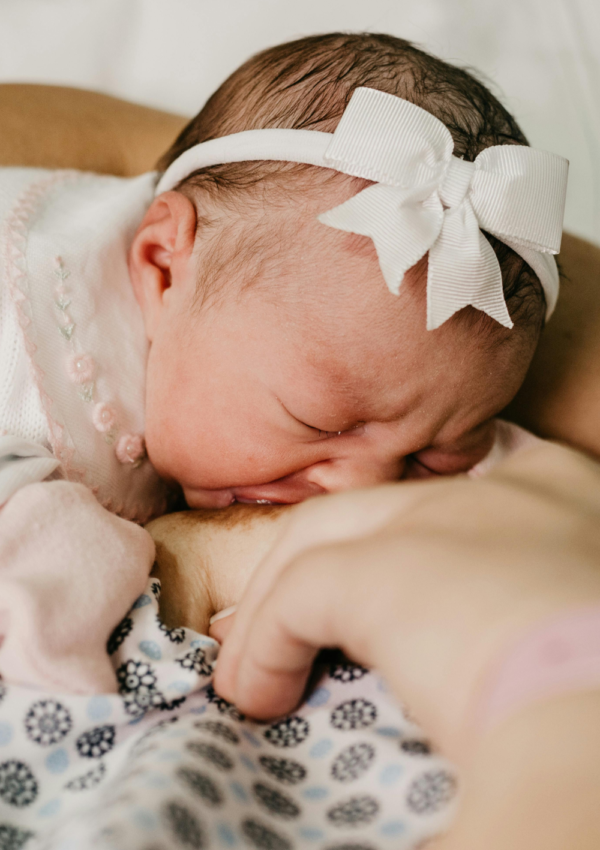

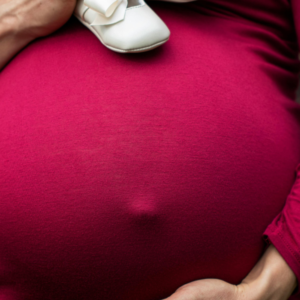
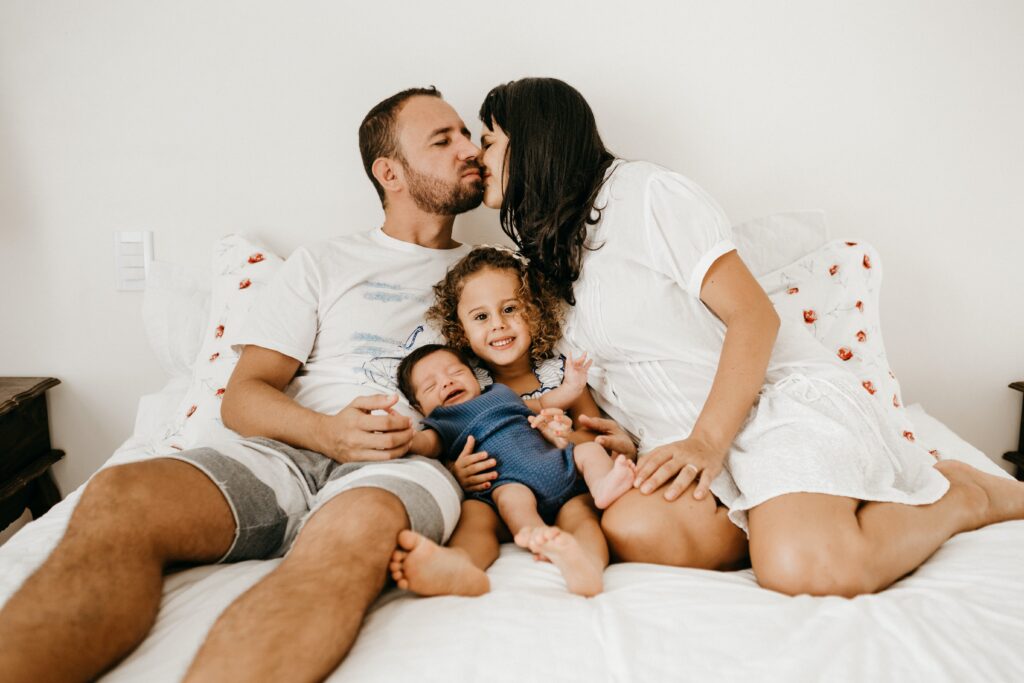
Leave a Reply